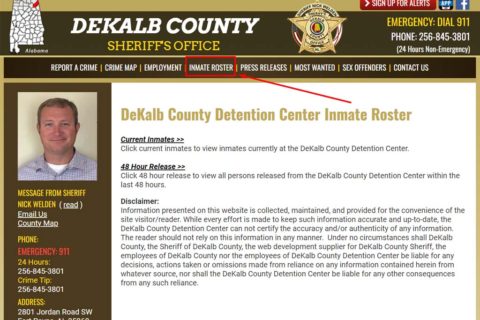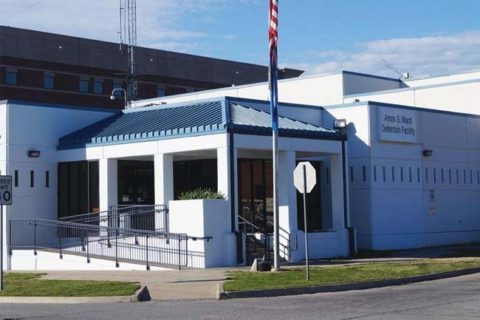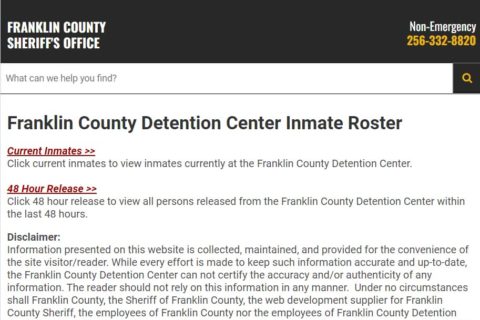The Federal Bureau of Prisons provides restrictive housing like the Special Housing Unit (SHU) for inmates who conduct serious infractions such as engaging in violence and aggressiveness to other inmates and staff. Also, restrictive housing is used for the inmates who cannot be set safely in a general population, or those who have been determined to be a security threat.
Apparently, there are three categories of restrictive housing used by the Federal Bureau of Prisons. Here are those three categories:
- Special Housing Units (SHU)
- Special Management Units (SMU)
- Administrative Maximum (ADX)
The Federal Bureau of Prisons state that all three types of restrictive housing have a similar function and purpose that is to separate inmates from other inmates who are housed in the general population for protecting the safety, security, and orderly operation of Bureau facilities. Also, it has a purpose to protect the public. For each type of restrictive housing unit, criteria for specific placement and length of confinement can vary, as well as the types of inmates housed in each unit.
Since November 2013, about 5% of the entire Bureau’s prisoner population was being housed in one of these restrictive housing. Most of them were housed in the Special Housing Units (SHUs). Later, the number of prisoners housed in SHUs began to decline. As of December 12, 2014, the Bureau population has also been reduced from 217,815 to 212,283. Apparently, this level of use of restrictive housing is in accordance with what is experienced by most state correctional systems. Much of this decline is due to a decrease in the Special Housing Units (SHU) population, especially prisoners who have been assigned to protective custody or prisoners who are serving disciplinary segregation sanctions.
This Special Housing Unit Review and Assessment was arranged by a team from CNA Analysis and Solutions under a contract with the Federal Bureau of Prisons (BOP).
Here is summary of key findings from their review:
- Generally, conditions of confinement in restricted housing units are in accordance with national regulations and standards.
- Management of the Special Housing Unit (SHU) is complicated by the high percentage of prisoners who have requested protection from other prisoners, often because of gang-related problems.
- The Federal Bureau of Prisons (BOP) does not have sufficient non-punitive protective custody housing units which have equivalent levels of programs and privileges as general population prisoners.
- The backlog of prisoners who awaiting transfer to the next program level abolishes the intent of the program design. Also, it decreases the motivation to change behavior.
- Mental health services in restrictive housing need improvement in three specific areas: 1) appropriate mental health diagnoses; 2) more effective treatment; and 3) providing adequate psychiatric staffing.
- Due to the lack of time parameters for completion of disciplinary hearings, it results in substantial variation among the facilities in the amount of time spent in isolation for similar offenses. Also, it can result in disproportionate sanctions.
- There is no re-entry readiness program specific to restrictive housing. And, the prisoners in these restrictive housing units also have very limited access to re-entry programs.
- The Federal Bureau of Prisons (BOP) information system does not track the number and movement of prisoners effectively within these restrictive housing units.
There are additional ways for the Federal Bureau of Prisons (BOP) to lower the Special Housing Unit (SHU) and Special Management Unit (SMU).
Here are some ways to reduce the restricted housing population:
- Assign a time limit on the amount of time that a prisoner can be held in investigative status.
- Permit credit for time served in the Special Housing Unit (SHU) after determination of disciplinary sanction.
- Assign a housing option separate from the Special Housing Unit (SHU) for prisoners in protection status.
- Conduct a strict review of referrals to these restricted housing.
- Reduce the time period for completion of the Special Management Unit (SMU) program from 18-24 months to 12 months.
- Ensure appropriate treatment for prisoners with severe mental illness.
As we said previously, this Special Housing Unit Review and Assessment was arranged by a team from CNA Analysis and Solutions under a contract with the Federal Bureau of Prisons (BOP). The review was made to assess the use of restricted housing (SHUs, SMUs, and the ADXs) by the Federal Bureau of Prisons (BOP). Also, this review identifies the best practices and potential improvements. The final report is available here.

A bookworm and researcher especially related to law and citizenship education. I spend time every day in front of the internet and the campus library.




